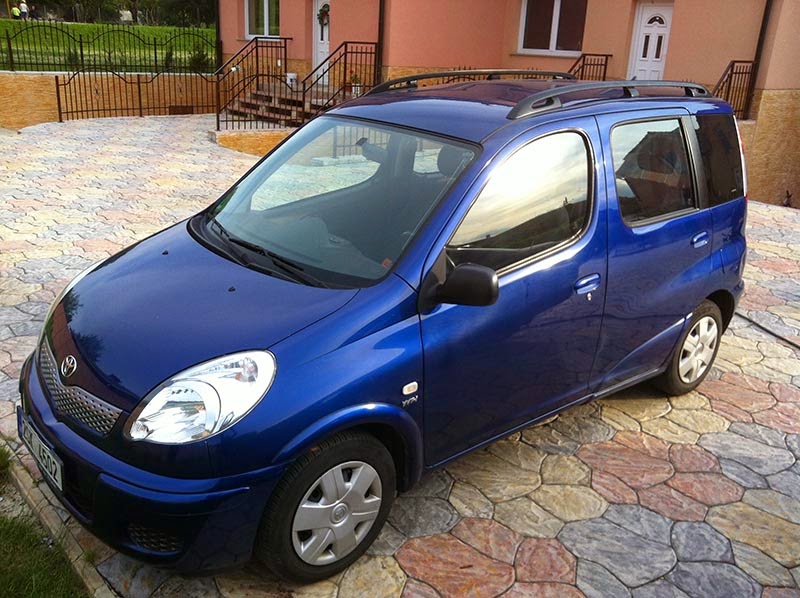
Saab 99 - the founder of the dynasty
Content
When asked about the body shape that is associated with Saab, the motorist will answer “crocodile”. Most of us will visualize this silhouette using the iconic 900, but it's worth remembering the first Swede with such a distinctive shape.
Work on the Saab 99 began in the early 1967s. The new car was supposed to conquer the middle class - a segment in which the company did not yet have a representative. In 1968, the car was ready and presented in Stockholm. In 1987, Saab brought his new creation to Paris and immediately began production, which, with numerous changes, continued until 588. During this time, more copies were produced, which were successfully sold in Europe and the USA.
Saab 99 - a handful of new products and unusual design
Saab, as a company originating from aviation, focused on aerodynamics when designing the body: hence the unusual body shape with a sloping bonnet and a characteristic rear contour. Looking at the design of the Saab 99, you can see that the designers have tried to provide as much glazing as possible. The A-pillars were extremely narrow, eliminating the problem of limited visibility. Even today, some modern cars have them so thick that in some cases pedestrians can "hide".
Today, the hallmark of Swedish cars is safety; this happened in the middle of the last century. The Saab 99 is designed to provide the best possible protection in crashes and rollovers. The strength of the structure is evidenced by a test that involved throwing the car upside down from a height of about two meters, ending with the roof line remaining intact. Safety was also guaranteed by standard seat belts, which was not standard in the 1983s. The first legal provisions on this issue appeared in the early seventies, and in Poland the obligation to wear seat belts was introduced in the same year.
The Saab 99 was very well protected from corrosion, and an interesting solution was to hide the brake hoses inside the car, which reduces the risk of damage. There were more interesting patents: an economical driving indicator or, which is Saab's hallmark, an ignition lock between the seats. Was there a desire to stand out? No, it's a security issue. In the event of a collision, this reduced the risk of knee injury.
Drives - varied, but always powerful
It should be noted that Saab very wisely approached the design of their car. It guaranteed an attractive (albeit unusual) aerodynamic silhouette and safe design, but left some questions to subcontractors. One of them was powertrains: how a small car manufacturer bought engines from other manufacturers. The unit, designed by Ricardo, was used for the Saab 99 (it also went to Triumph). Initially (1968 - 1971), the engine had a volume of 1,7 liters and produced 80 - 87 hp. In the seventies, the volume (up to 1,85 liters) and power increased - up to 86 - 97 hp. depending on whether the engine was equipped with fuel injection or a carburetor. From 1972, the 2.0 unit was also installed, which was created by modifying a smaller engine. This time the bike was made by the manufacturer.
Saab 99 has always guaranteed good performance. The first models (1.7 and 1.85) accelerated to 100 km / h in about 15 seconds and accelerated to 156 km / h. The Saab 99 EMS (Electronic Manual Special), which first appeared in showrooms in 1972, could already reach speeds of 170 km/h thanks to a 110 hp Bosch fuel-injected engine. For a mid-range car in the seventies, the performance was not bad, but the best was yet to come ...
Saab 99 Turbo - the birth of a legend
In 1978, Saab introduced the 99 Turbo, thus creating another distinctive badge next to the ignition switch between the seats and the body shape. To this day, the most valuable Saabs are the ones with Turbo written on the lid.
Saab 99 Turbo in very good technical condition can embarrass many of the currently produced middle class cars. Thanks to the 145-horsepower supercharged 2.0 engine, the car could accelerate to almost 200 km/h, and it accelerated to 100 km/h in less than 9 seconds. Fast driving was possible not only thanks to a solid unit, but also thanks to good suspension and a rigid body. The car was reported to be excellent even at high speeds, which can certainly be confirmed by Stig Blomkvist, who rallyed the Saab 99 Turbo for several years.
Of course, you had to pay for quality and dynamics - the Saab 99 Turbo in the early 143s cost more than the 323-horsepower BMW 25i, which was as dynamic as a perky Swede. The car was also 3% more expensive than the 100-litre Ford Capri. However, the beautiful Ford coupe could not match the Saab in acceleration to 99 km / h. The modern 900 was a success and paved the way for the XNUMX to become the best-selling Saab in history.
Today, the Saab 99, especially in the Turbo version, is a valuable young timer, for which you have to pay even tens of thousands of zlotys. Unfortunately, the Saab 99 stock in the secondary market is small, and even a naturally aspirated base model in good condition is quite expensive.
A photo. Saab; Marin Pettit (Flickr.com). Creative Commons (Saab 99 Turbo)
